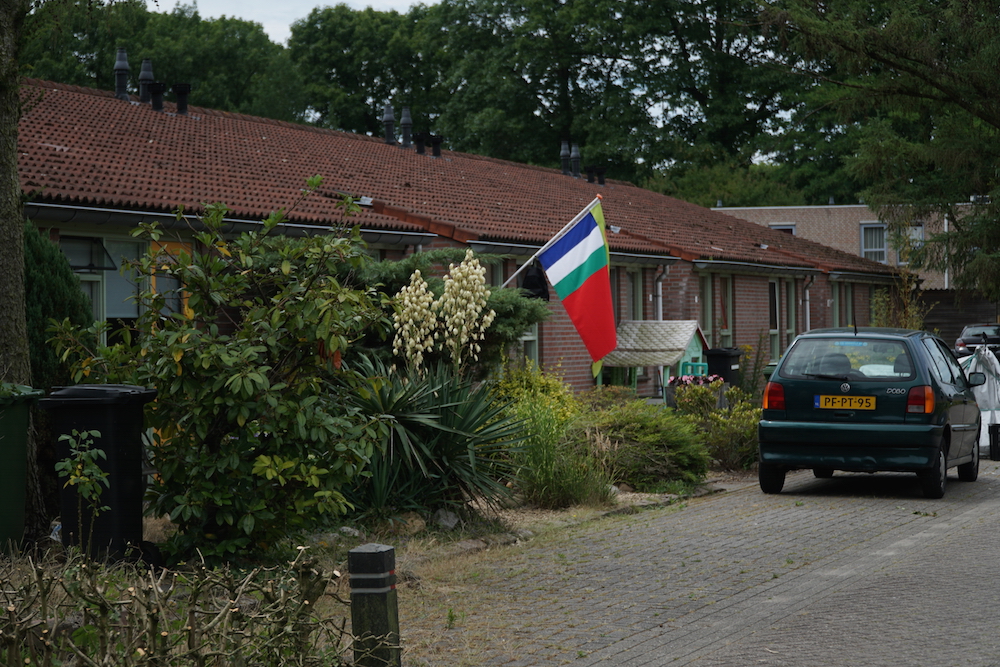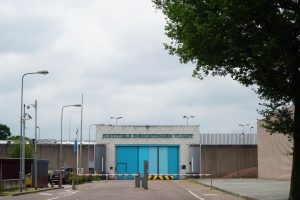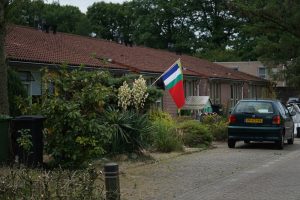My project explores the history and present use of the site of Kamp Vught, which was an SS HQ-controlled concentration camp during World War II. Since then, the physical site of the camp has been segmented and appropriated for use by the Dutch government in a multitude of ways.
The history of the camp unfolds as such: the camp was built on the orders of the SS HQ, and was the only directly SS-controlled camp in the Netherlands. After liberation, the camp grounds were used briefly as an internment camp for German civilian evacuees, then as a prison for SS collaborators.
The camp itself held a bunker, or camp prison, which was used as a juvenile prison immediately after the collaborators were moved and incarcerated elsewhere.
The rest of the camp, mainly the previous dormitory barracks and work barracks, became a settlement camp for Moluccan exiles in 1951 who had fled Indonesia following its independence and their failed bid to make the Moluccan islands an autonomous republic (The people of the South Moluccan Islands had been close to the Dutch colonial administration – after years of colonial rule, the community was had mostly adopted Catholicism, spoke Dutch, and many served in the Dutch colonial army as a generational occupation passed down from father to son). Their presence in Vught was initially believed to be temporary by both the Dutch government and the community itself, which sought to return to Ambon to claim an autonomous republic. This community in Vught still stands today – with some families still living in the the refurbished shells of the former camp barracks.
The prison itself evolved from a juvenile jail to one for adults, and in the 1980s in response to the penitentiary crisis of the Netherlands the government sought to establish a high security facility for flight risks – and the TEBI (temporary extra security institution) was built at Vught, on the grounds of the camp bunker. In 1997 the EBI was finished and the TEBI was decommissioned, but continued to be in use for spillover. In 2006, the first terroristenafdeling (TA), or terrorist unit, was built in the prison to hold individuals charged with crimes relating to terrorism. Nieuw Vosseveld, or PI Vught, is currently the only supermax prison in the Netherlands, although there exists another TA in Rotterdam. The prison and the unit in particular has come under fire in recent years for charges of human rights and inmate abuse – men, women, and juveniles are not separately housed in the TA amongst other things.
Here are some photos from my time here:
The bright blue door of the prison is adjacent to the entrance to the memorial for Camp Vught (on the right, out of frame). I had the surreal experience of watching busloads of elementary school-age Dutch children pour into the memorial as visitors for inmates and prison employees trickle in and out of the small square door on the bottom left of the big gate. Beyond private transport, there’s only one bus into and out of the area, which seats only 10 people – a few times on my way in and out, I was accompanied on both journeys by the same visitors to PI Vught.
This is the RMS ( Republic of South Maluku) flag, flying outside a house part of a compound that mimicked the refurbished camp barracks in construction.
Today, the site of the former camp houses PI Vught, the Camp Vught National Memorial, a community of Dutch Moluccans, and a Dutch army base and army-run engineering museum.


